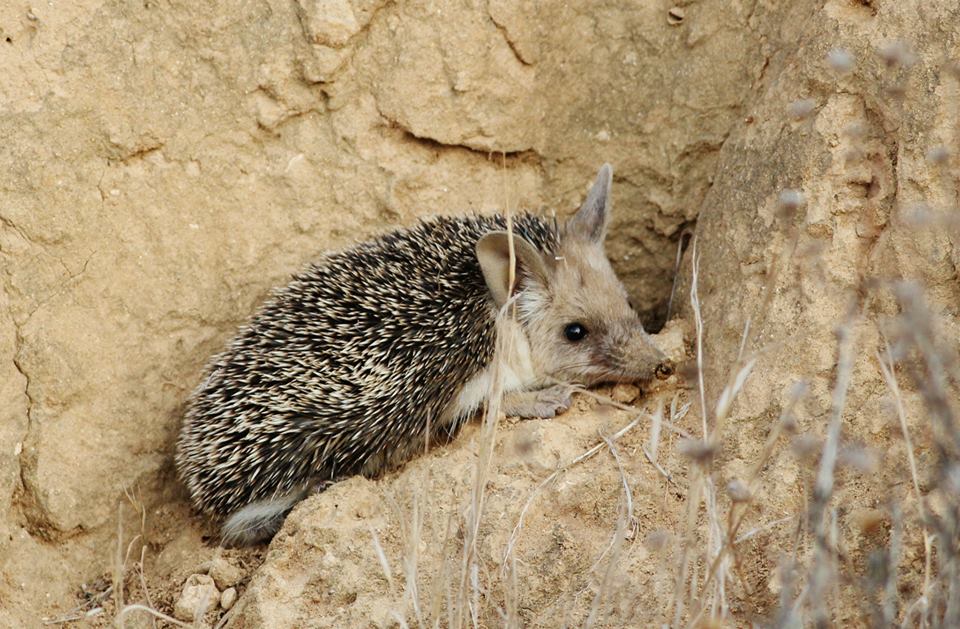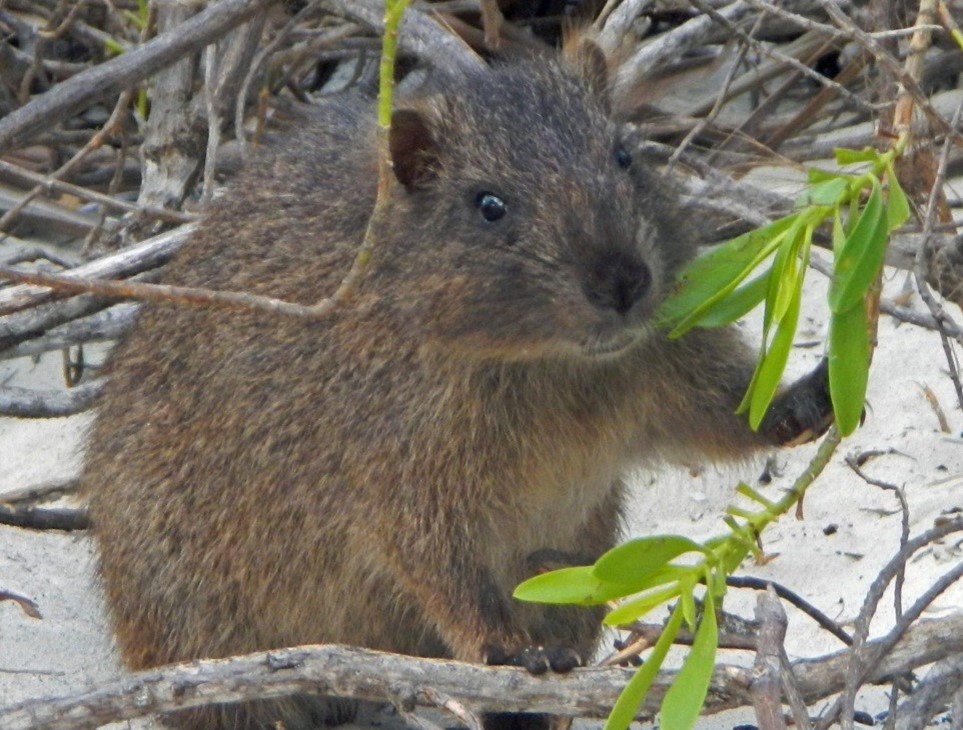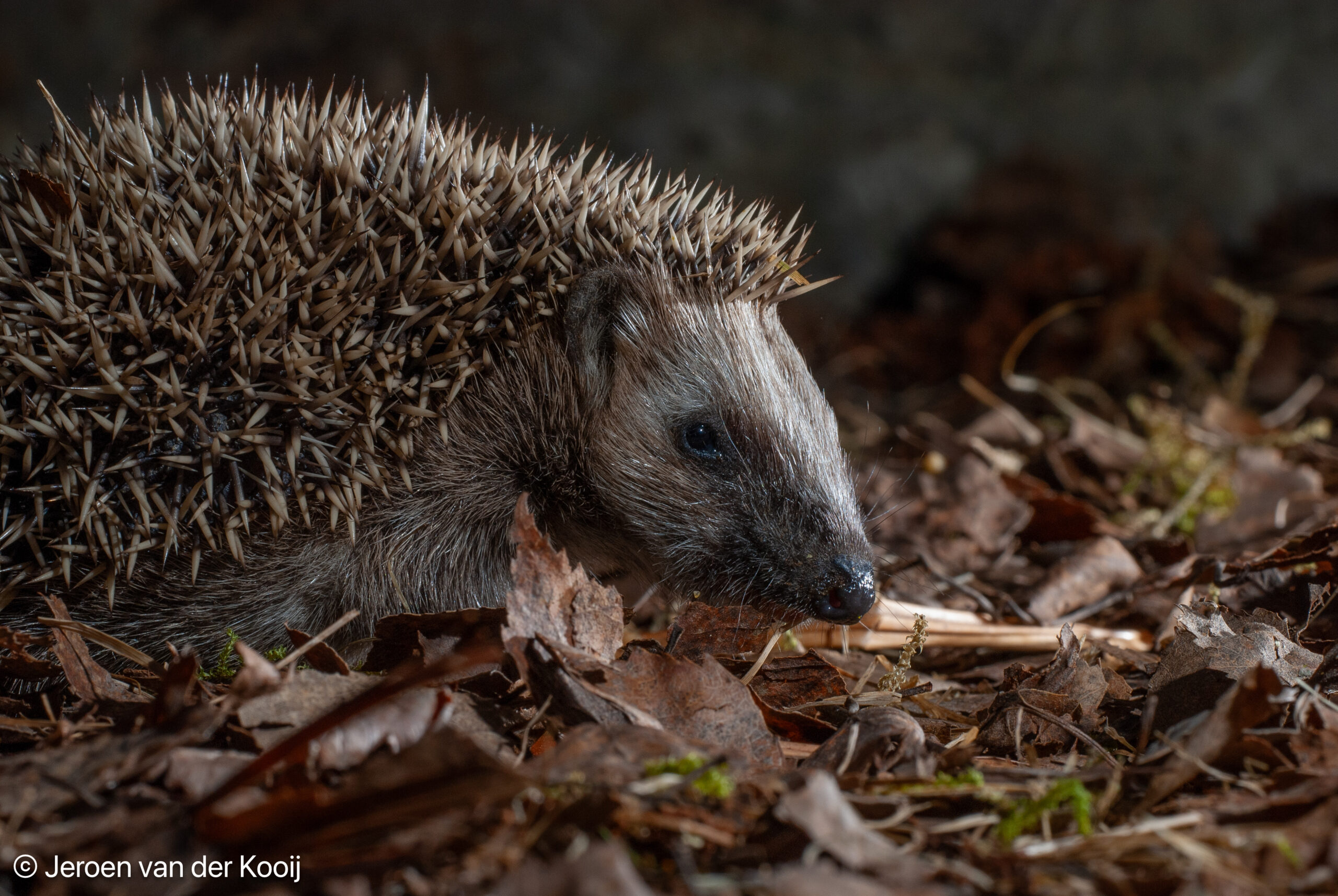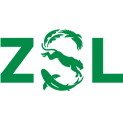
The IUCN Red List of Threatened Species has just published its second update of the year (28th October 2024), including reassessments for hundreds of small mammal species submitted by the Small Mammal Specialist Group (SMSG). Unfortunately, the most significant changes concern a worsening in Red List categories. Read more about some of these assessments below.

Admiralty Rat (Rattus detentus) – Critically Endangered (Possibly Extinct)
Formally described only as recently as 2016 from Manus Island of Papua New Guinea, this species has only ever been recorded a handful of times. Unfortunately, hope for this species is slim, as multiple surveys undertaken between 1962 and 2014 have failed to record it. Local hunters in 2014 considered it too rare to be worth hunting, and targeted surveys and ethnographic questionnaires since then have failed to find evidence of the species. It is possible that is has already disappeared.
Applying the IUCN’s recommended extinction assessment framework, we estimated the probability that the species is extinct to be 0.76. The Admiralty Rat now joins the 15 other rodent species that are already listed as Possibly Extinct.

Bahaman Hutia (Geocapromys ingrahami) – Critically Endangered
Populations of this hutia have already been extirpated from parts of the Bahamas due to a hunting, predation by dogs and possibly cats, and competition with other invasive mammals. This species is now only thought to occur on three cays, though persistence on one of these is uncertain.
Since this species has such a small, restricted distribution, it is only found in a few locations, and there is ongoing decline, it has reached the status of Critically Endangered. A Species Action Plan which considers future reintroduction options is urgently needed.

Heath Mouse (Pseudomys shortridgei) – Endangered
The Heath Mouse is found in parts of South and Western Australia, where lack of success in targeted surveying has raised cause for concern. It’s thought that climate change, wildfires, habitat loss and degradation, as well as predation by cats and foxes, have been driving a decline in numbers. Now, based on its small area of occupancy, low number of locations, and continuing decline, this species is Endangered.

Seram Orange Melomys (Melomys fulgens) – Vulnerable
This species – previously unrecorded since 1920 and assessed as Data Deficient – was recently documented as surviving on the island of Seram in Indonesia, in research led by SMSG Deputy Chair for Conservation Actions, Prof. Sam Turvey.
Whilst this “rediscovery” is incredibly promising for the species, its recent Red List assessment highlights that we must take action to continue survey work. It has been listed as Vulnerable based on its small distribution and threats to its lowland forest habitat (logging and agriculture).

Western European Hedgehog (Erinaceus europaeus) – Near Threatened
A well-recognised and widely-loved small mammal, the Western European Hedgehog is nowadays facing a multitude of threats. Roads, agricultural intensification and urban growth have likely affected populations across its range. With evidence indicating local and national declines thar are approaching, and in some areas, exceeding 30% over a decade, this hedgehog has been moved from the category of Least Concern to Near Threatened.
The Western European Hedgehog assessment was initiated as a part of a wider effort to reassess all European small mammals, under the European Red List ‘Pulse’ project. We hope to bring you more news about the results of that project very soon!
As always, a huge thank you to all of the species experts who contributed to the small mammal assessment efforts.






Recent Comments